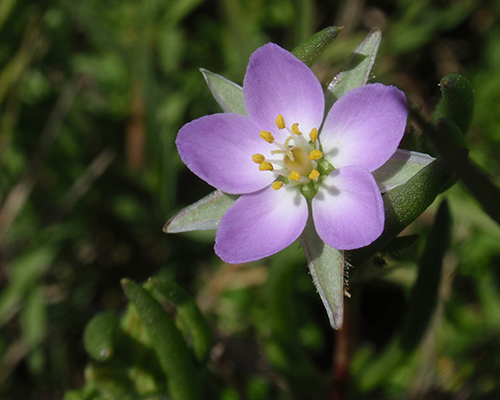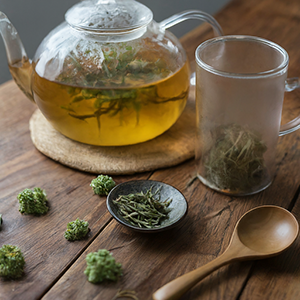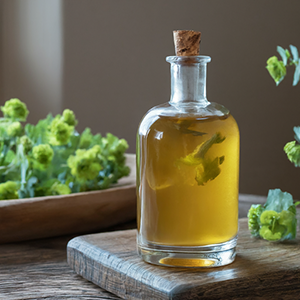Contents
The fact that sand spurry plants grow in sandy soils and can successfully treat sand that forms in the human urinary tract seems quite curious. Those supporting the theory of signs took this plant as one more argument demonstrating their view.

Sand Spurry Plant Scientific Facts
- Other names – Arenaria rubra L.
- French – Spergulaire rouge.
- Spanish – Arenaria roja.
- Environment – Silicon or sandy soils all over Europe.
- Description – Creeping plant of the Cariofilaceae family with beautiful leaves and purple or pink flowers.
- Parts of the plant used medicinally – The entire plant.
Healing Properties

The plant is rich in mineral salts, especially potassium salts, like flavonoids and coumarins. It has diuretic and sedative properties on the urinary system and is recommended for urinary lithiasis, especially for renal colic, to ease pain and promote calculi expulsion.

Sand spurry is also helpful in treating cystitis (urinary bladder inflammation). It is often used in combination with bearberry.
How to use Sand Spurry
- Decoction with 50 g of plant per liter of water. Boil for one minute and steep in infusion for ten minutes more. Drink from three to five cups daily.
DISCLAIMER: All content on this website is presented solely for educational and informational objectives. Do not rely on the information provided as a replacement for advice, diagnosis, or treatment from a qualified medical expert. If you are pregnant, nursing, or have any preexisting medical concerns, talk to your doctor before using any herbal or natural medicines.
REFERENCES
- George D. Pamplona-Roger, M.D. “Encyclopedia of Medicinal Plants.” George D. Pamplona-Roger, M.D. Encyclopedia of Medicinal Plants. Ed. Francesc X. Gelabert. vols. 2 San Fernando de Henares: Editorial Safeliz, 2000. 596. Print.
- RxList: Arenaria Rubra (https://www.rxlist.com/supplements/arenaria_rubra.htm
- National Institutes of Health: https://www.ncbi.nlm.nih.gov/pmc/articles/PMC7278714/
